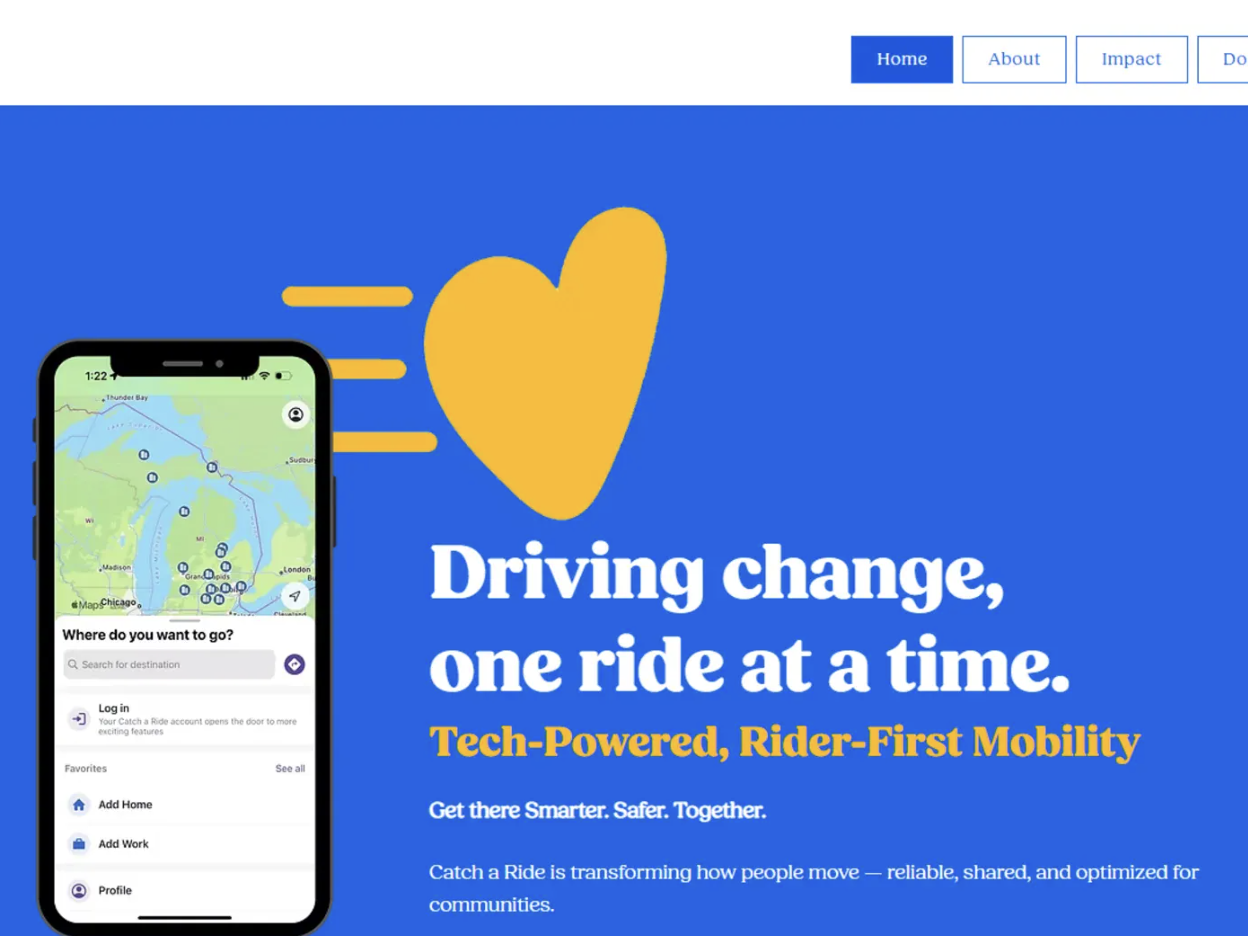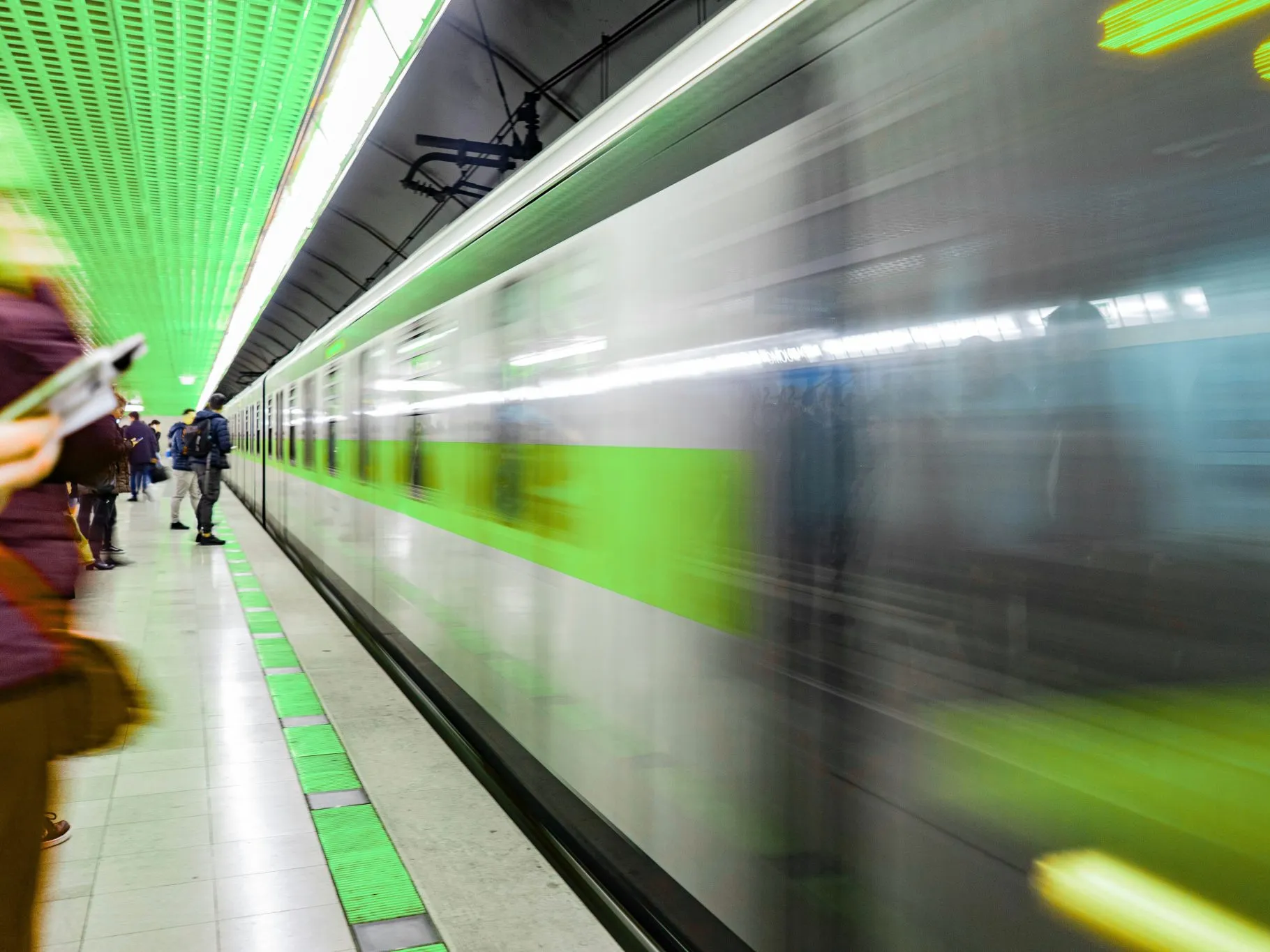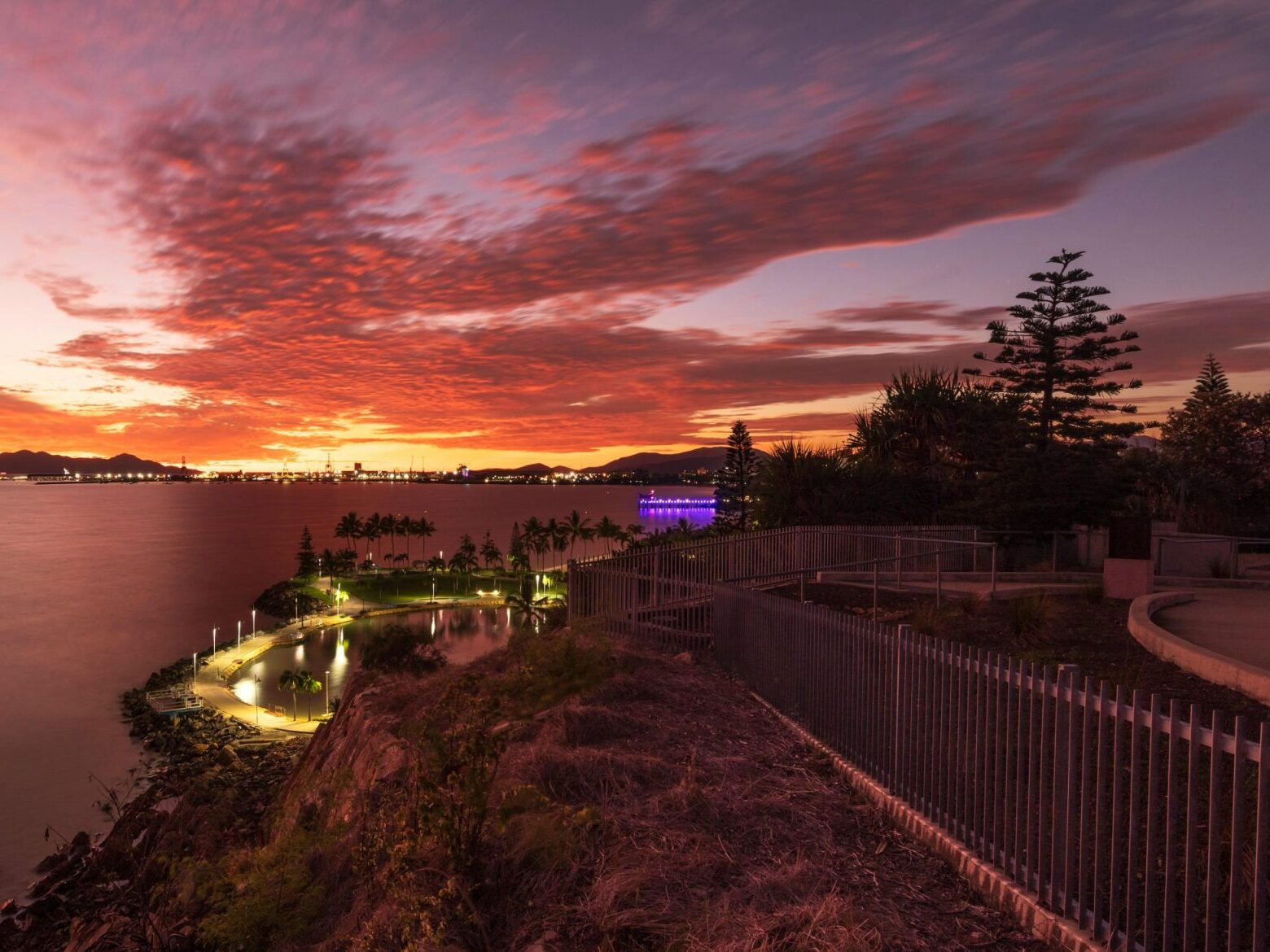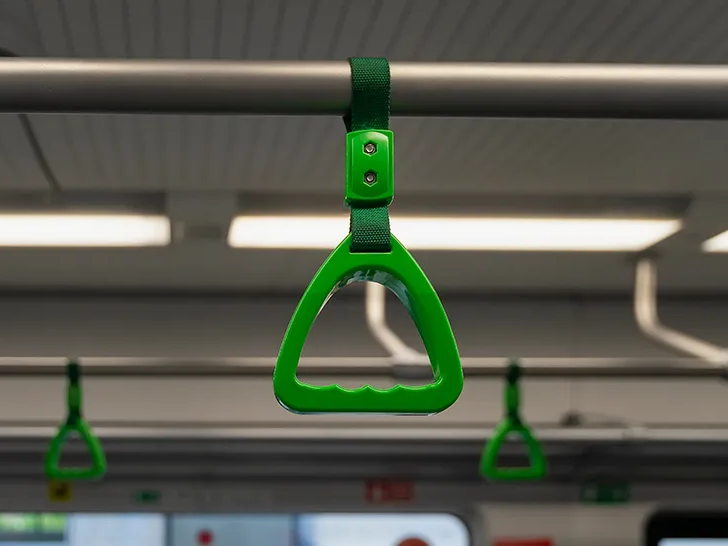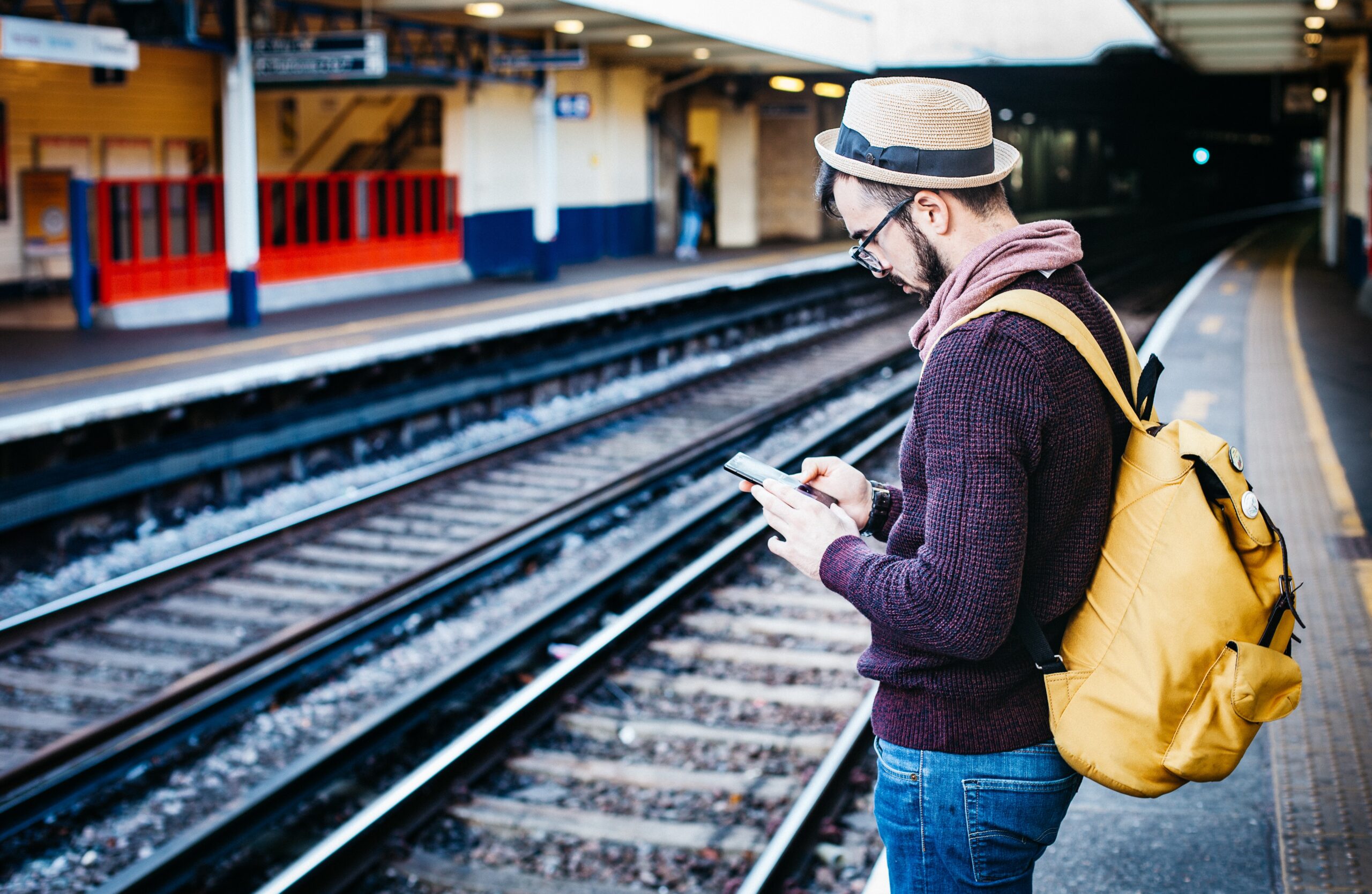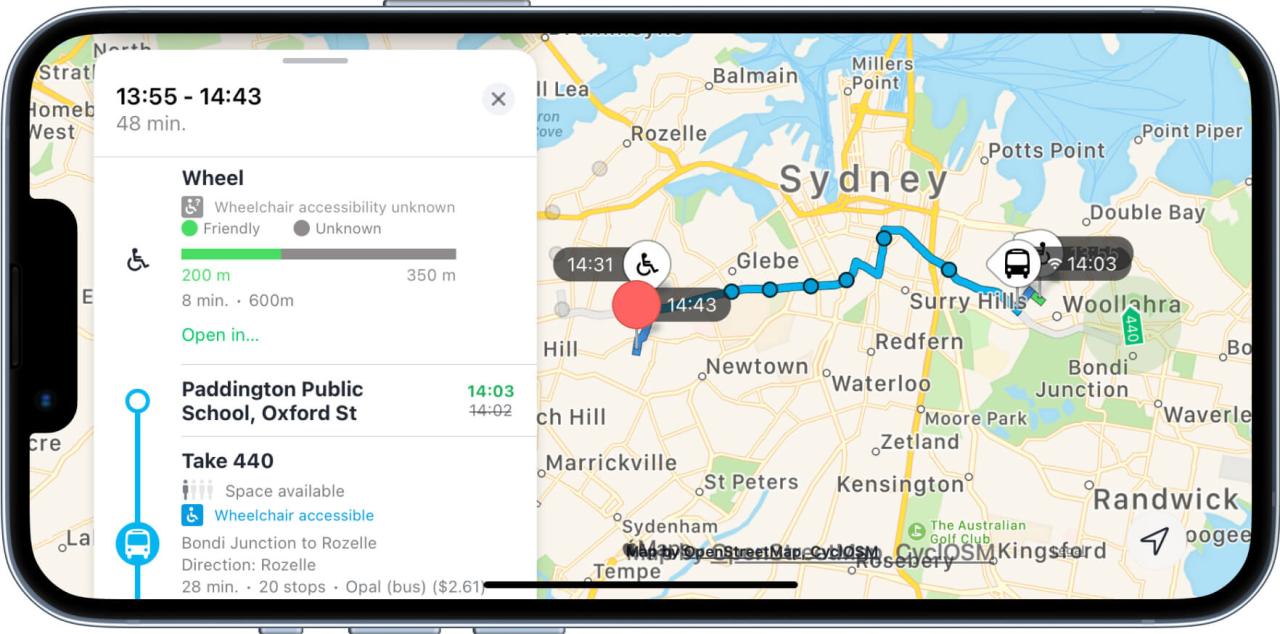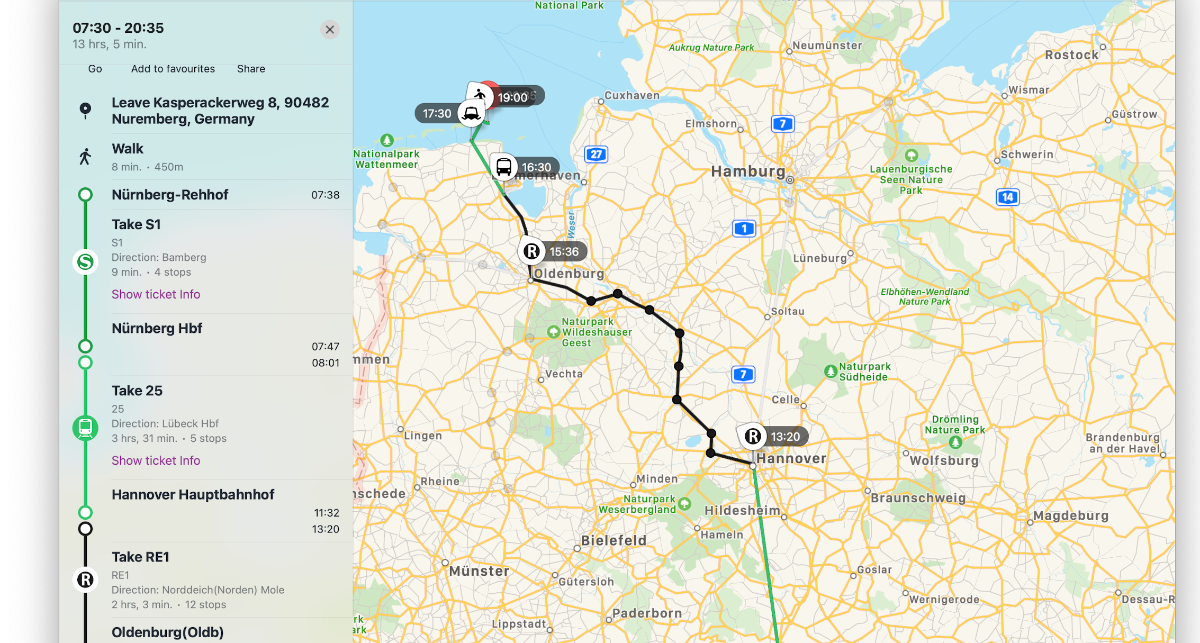15-Minute Cities: Reimagining Mobility (Part 2)
Cities across the globe are changing their approach to urban development in a bid to reduce carbon emissions, improve accessibility and make urban spaces more liveable. The 15-minute city is a potential framework that could help us achieve this aim, reducing the number of car journeys being made.
The concept was first introduced by scientist and professor Carlos Moreno back in 2016 and has gathered momentum, particularly since the COVID-19 pandemic. (You can read more about the 15-minute city and its relationship with transport in our first article.) Here, we’ll look at where the model is gaining momentum and the role that Mobility as a Service (MaaS) has to play.

15-Minute City Initiatives
From Europe to Australia and the US, the 15-minute city is finding favour in several urban areas – here are just a few:
- Paris
Anne Hidalgo’s vision for the 15-minute city saw her successfully re-elected as the mayor of Paris in 2020. So great was her conviction that she appointed a commissioner to oversee it.
Hidalgo wants every street to have cycle lanes by 2024 and to replace 60,000 parking spots with parks, allotments and playgrounds. The city has already banned cars along the River Seine on one Sunday each month and has increased its cycle lanes by 50km (source: World Economic Forum). Place de la Bastille has been cleaned up too as part of a €30m redesign (source: BBC).
- Utrecht
A new neighborhood called Merwede in Utrecht is planned to be almost car free, giving it the freedom to decide how best to utilise space in this high-density urban area. The focus will be on walking, cycling and sustainable transport, with one car per three households proposed. A good public transport system backed by mobility hubs for car and bike sharing will serve the community, with MaaS bringing everything together.
Logistic hubs will support a network of Light Electric Vehicles (LEV); large vans will be only granted access at specific times. From car sharing to multi-function buildings and public spaces, the city wants to see green environments and greater social interactions in the community (source: Chaire ETI).
- Portland
By 2030, Portland wants 90 percent of its citizens to be able to walk or cycle to meet basic (non-work) needs. This is part of the city’s Climate Action Strategy to expand its 20-minute neighbourhoods. Current initiatives include shared use parking permits, fair pricing options for inclusive mobility, and continued pedestrianisation (source: Deloitte).
- Glasgow
This UK city is looking to create 28 Liveable Neighbourhoods, providing access to key services within a 20-minute walk or public transport journey. It aims to cut car journeys by 30% by 2030 and estimates economic benefits of £265 million (source: Cities Today).
- Melbourne
In 2018, Melbourne launched its 20-Minute Neighbourhood Pilot Program, which was developed in two stages working alongside the Heart Foundation, Victoria Walks, Resilient Melbourne and the local government. The emphasis was on active travel and for people to be able to access all their basic needs in their local community (source: Plan Melbourne). Following the success of the trial, the model is now part of Melbourne’s planning strategy.
Other urban areas taking on the concept include Valencia, Edinburgh, Jaipur, Seoul, Buenos Aires, Ottawa, Seattle, Milan (with its 15-min pilot in Lazzaretto) and Nantes (the “friendly mobility” island). Many more are likely to follow suit.
The Role of MaaS
Digitisation is central to the development of 15-minute cities. Integrating ‘diverse technologies’ and ‘novel digital innovations’ – such as smart devices, sensors, AI and IoT – will serve to move us closer to the United Nations’ Sustainable Development Goal (SDG) 11 for safety, sustainability, resilience and inclusivity. Data from these technologies could help to shape future policy and deal with social, energy and traffic challenges (source: Smart Cities).
With major changes already underway, we can expect to see a smart, connected, integrated and diverse mobility infrastructure and modes that are shared, sustainable and resilient – powered by disruptive business models (source: Deloitte). This will be essential for any 15-minute city, with MaaS connecting infrastructure and assets, including active travel, micromobility, public transport and shared car use.
Indeed, MaaS could provide a complete ecosystem in which to optimise the 15-minute city. MaaS apps could for example help people with limited mobility to access wheelchair-friendly scooters, provide information on footpath accessibility or even alert nearby shops when someone is arriving who needs their support. Therefore, MaaS would improve access and contribute to inclusivity and equity in the 15-minute community.
MaaS could also help people who have no option but to travel to work. For example, some organisations may not be able to set up offices nearby or an employee may not be able to move closer to their place of work or shift the work closer to home. Interconnected sustainable transport hubs as part of MaaS would help people to make those journeys (or to see family and friends); and improve the experience for visitors and tourists to the area as well.
Urbanist and former New York City Transportation Commissioner, Janette Sadik-Kahn, supports the use of micro-clusters so that citizens can park their vehicle and then walk, or use public transport or micromobility to complete their journey (source: Joyride). Strategically placed, these could save space and offer a variety of modes, all readily accessible within MaaS applications. In fact, MaaS can also support remote suburbs and rural areas, highlighting gaps as well as being part of the solution (source: Intertraffic).
There’s clearly a great deal to think about when implementing 15-minute cities. One size won’t fit all. The creation of digital twins could help shape their development, offering real-time simulations that allow cities to test scenarios, uncover risks and find opportunities (source: Arup). This could ensure that the approach taken best reflects the needs of the geographic area and its transport requirements.
The 15-minute city certainly inspires us to make positive changes. Carlos Moreno hopes it will result in a more resilient and healthier planet for coming generations. A central tenet is the basic human need to move around freely and safely as citizens go about their daily life. Mobility as a Service can support this with a more accessible and sustainable transport ecosystem. After all, creating liveable cities that encourage a sense of belonging and community stand to benefit us all.
If you would like to find out more about how MaaS could support the 15-minute city, please get in touch with the SkedGo team.
This article was originally published by SkedGo Pty Ltd.





